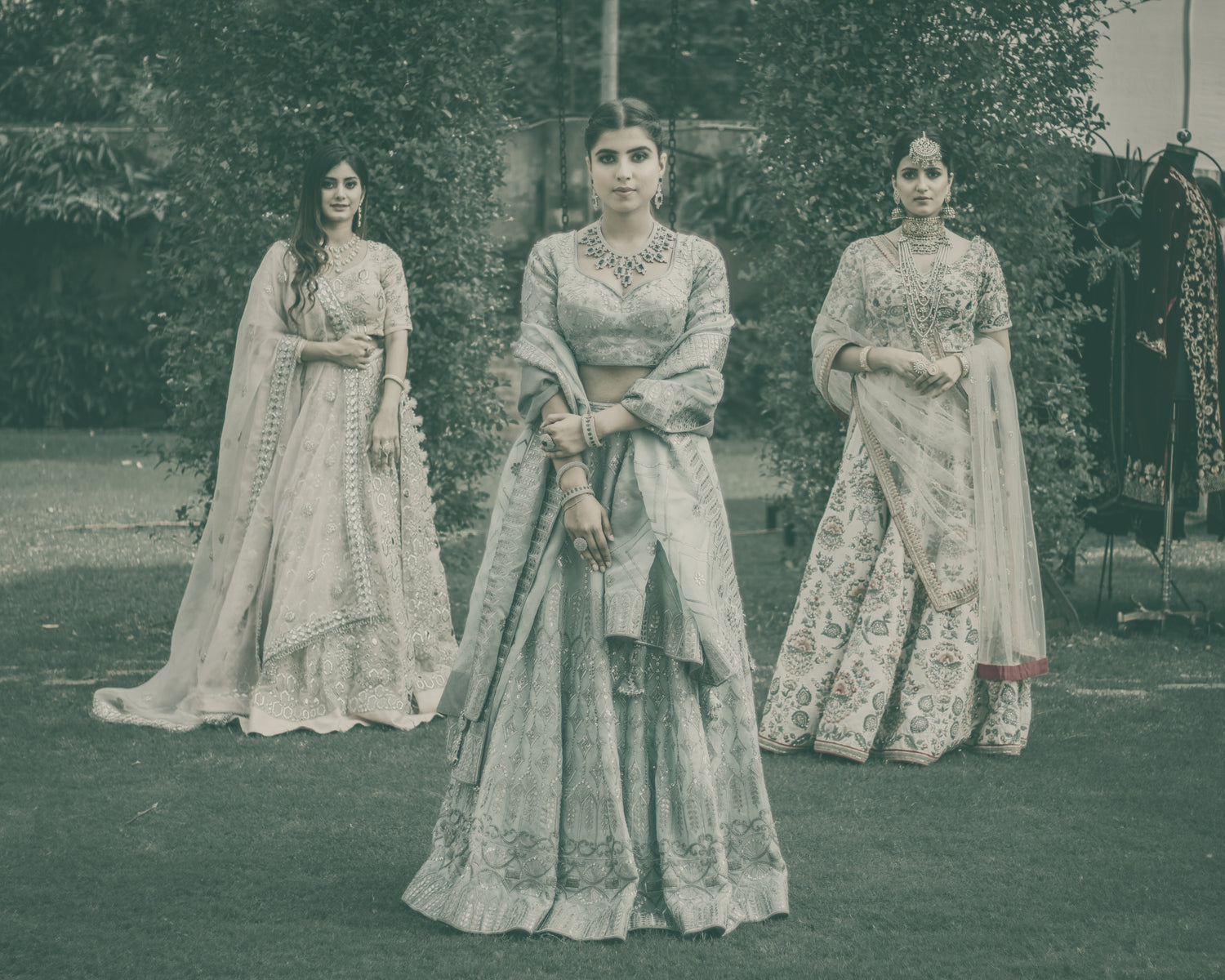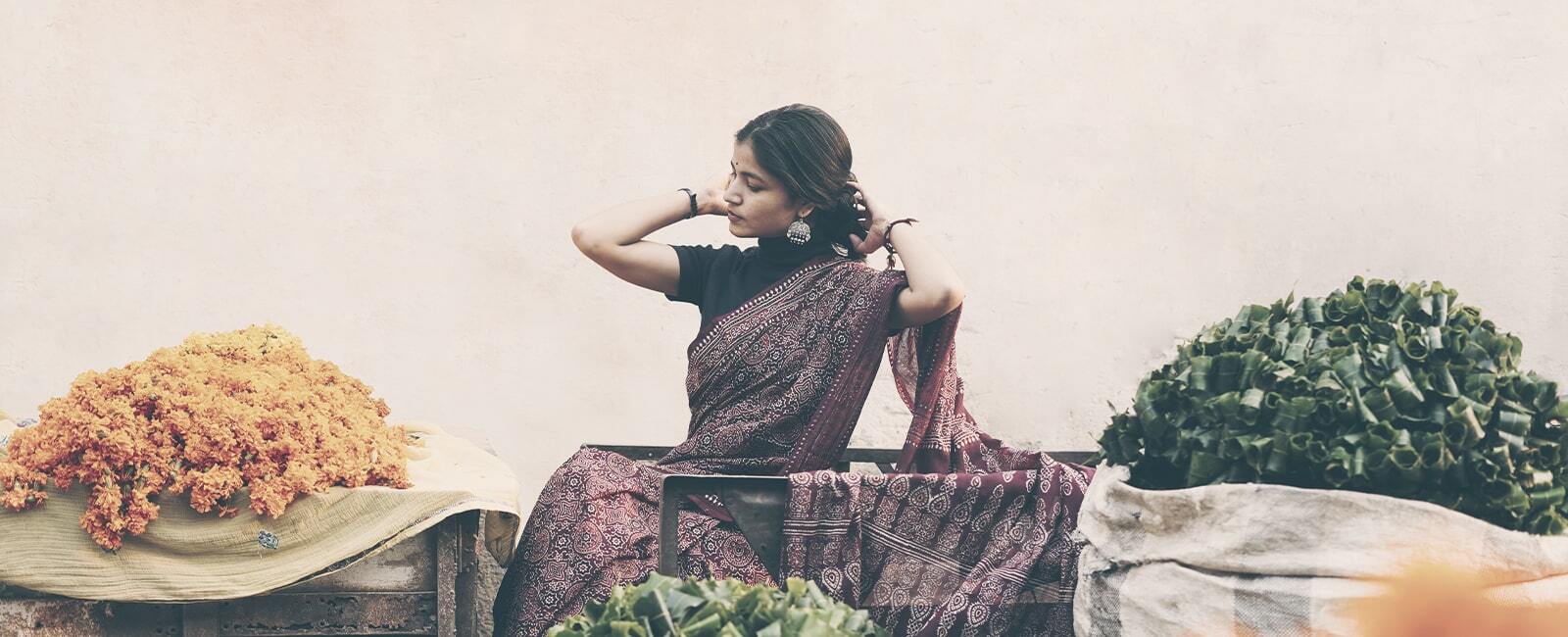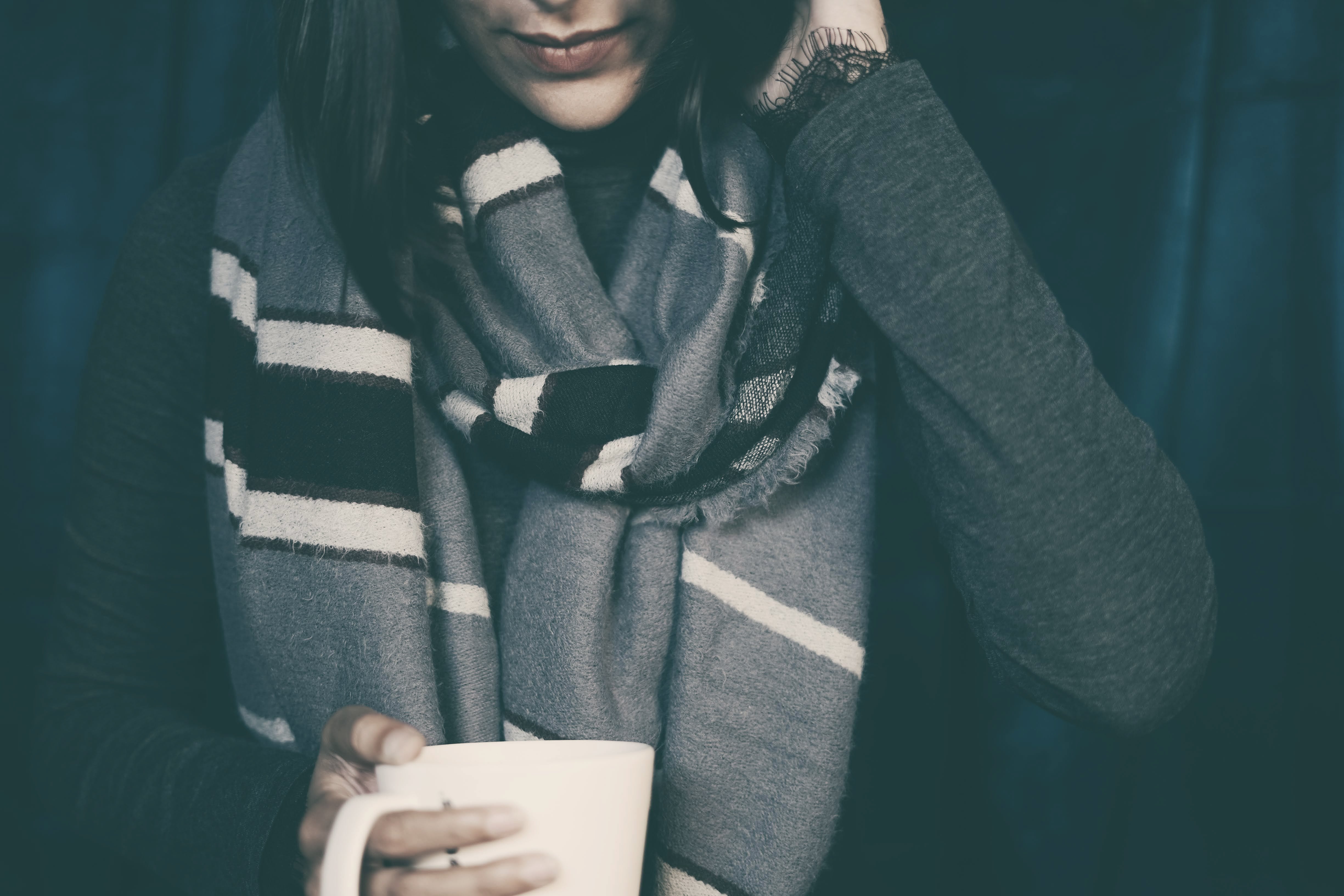There is a reason why we start shopping for the wedding dress three or four months ahead of time.
No matter how long we spend on a shop, we will still find it hard to decide the perfect wedding dress - especially for the bride.
Because, there are a lot of choices available - out of which plenty of them have their unique characteristics.
Although you would find the fabric to be superfluous, and the designs to be the deciding factor; the foretold characteristics are actually imparted by the fabric. For instance, the wedding saree must yield well to pleating, because at the end of the day, in addition to the embellished designs, the saree must carry well.
On the other hand, wedding gowns should be light-weight. Hence, it is safe to assume that, while shopping for your dream wedding dress, you should always have a clear idea as to what kind of fabric would suit your requirements.
To make things easy for you, we have come up with a list of 5 fabrics having different characteristics and purpose. This way you will get accustomed to the different types of fabric and how they differ from each other.
1. Sequin
Also referred to as Sequin, Sequin fabrics have a profound significance in making your wedding outfit embellished and aesthetic. Here, small plastic or metal shaped pieces are carved in the fabric, laying flat to the surface - giving a smooth and ultra-modern look.
Usually, people go for a reversible sequin fabric, so that they can enjoy the loyalty of having two colours on their outfit. These colours are vibrant once you rub your hand over the surface in different directions!
If you ascertain sequence fabric as the fabric of choice for your wedding saree, you need to have a lining. Ideally, this can be either Taffeta or Jersey Cotton. Because, both of these are stretchy - ensuring your comfort.

2. Brocade
Long before the inclusion of Sequins in designer sarees, it was the rich Brocade fabric that was extensively used in Wedding sarees.
Having a luxurious look to it, Banarasi Brocade Fabrics are very popular for their complex tapestry-like designs. If you find Sequins "artificial", then the fashionista in me would suggest having semi-precious stones in the adornment of Brocade.
Traditionally, Brocade was woven using pure silk with or without silver or golden threads. However, as of now, many merchants have started including synthetic fibers too.
3. Net Embroidered
Over the years, we witnessed an emphatic rise in net embroidered sarees. Meaning, it is not just fad. The reason why many prefer, the net fabric is because of the Uber-cool and stylish look it possesses.
The weaving process is very different, wherein yarns are fused at the intersections. This way, there will be a lot of open space between the yarns - thus creating a net.
On top of this net fabric, vibrant and aesthetic patterns are embossed. Either Sequin is placed, or floral motifs are embossed on the surface, to give the fabric a dashing look, and wedding-ready hook.
4. Banarasi Silks - Katan, Kinkhab
Silk sarees are the zenith of luxury and style. It is very rare to see someone not have silk as their preferred choice of fabric for their wedding.
However, among the plethora of options they have, Banarasi Silk is something that holds a special place - chances are that you also, would be having an unapologetic affair with Banarasi!
Pure Katan Silk Fabric is an epitome of royalty. KinKhab Banarasi Katan Silk is generally hand-woven by the virtuoso weavers in Banaras. Often preferred for sarees, the use of Kataan can be extended to designing lehenga, sherwani or Anarkali.
Another interesting feature about this saree is that it looks heavy from the outside, yet the soft fabric ensures comfort. To give you an idea, a precut 1.25 metres of Banarasi would weigh 240 grams.

5. Mashru
Dubbed as the "master of satin finishes", Mashru is a sleek fabric that originated from West Asia, popularised by the Muslim community for the fabric's utility.
Mashru became a trend after certain restrictions for wearing silk was imposed. To give people the luxury of silk, merchants began fusing silk on the outside and cotton on the inside - making the first Mashru fabric.
Traditionally, Mashru was handcrafted. However, due to the cost-effectiveness factor, merchants switched to looming to save time and money. In addition to that, textile firms encourage the use of Rayon instead of Silk, to further decrease the costs.
Hence, if you purchase Mashru, make sure you're buying the right material!

6. Kota Doria
The story of Kota Doria is set in 17th century Kota, Rajasthan - wherein the protagonist of the story, Rao Kishore Singh migrated to Mysore, Karnataka to bring weavers to Rajasthan.
With them, they started making unique chequered patterns, akin to a graph paper. Over time, with enough experimentation and re-iterations, Rao found the Kota Doria.
Made of pure cotton and silk, the merchants in Kota still weave the saree manually on a pit loom. The fine weaves on the saree ensure that they stay lightweight and comfortable - making them a perfect choice for your wedding garment!

"Finding a Bridegroom is easier than deciding the wedding dress for the bride" is a witty comment on wedding dress shopping. But, you can save plenty of time if you go to our website and shop from there, at the comfort of your own house!




